The first of the two cinemas on this site was the Arcadia Grand Electric Hall. The main entrance was also at the west end of the building, with the letters ARCADIA arranged in a semicircle around the clock at the top of the building and GRAND ELECTRIC HALL across the façade. A photograph from 1914 shows the old cinema in far less busy times. A photograph dated c1910 shows the Victorian Market Hall which stood on the site of the ‘Grand Electric’.
A photography and text about this former cinema.
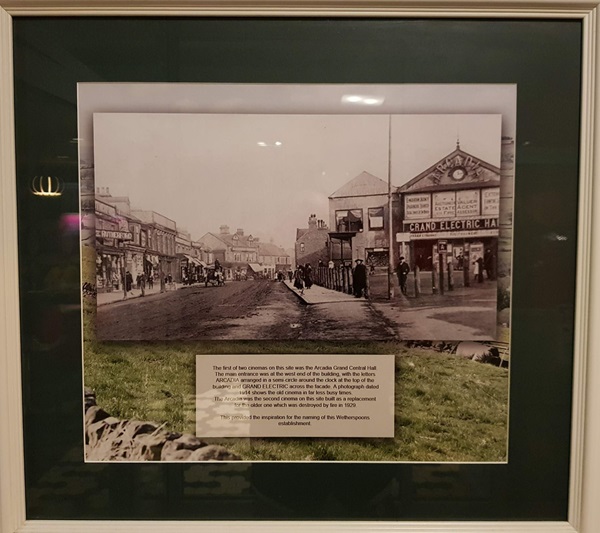
The text reads: The first of two cinemas on this site was the Arcadia Grand Central Hall. The main entrance was at the west end of the building, with the letters ARCADIA arranged in a semi-circle around the clock at the top of the building and GRAND ELECTRIC across the facade. A photograph dated 1914 shows the old cinema in far less busy times. The Arcadia was the second cinema on this site built as a replacement for the older one which was destroyed by fire in 1929.
This provided the inspiration for the naming of this Wetherspoon establishment.
A poster for the Spennymoor Settlement Festival of Art taking place 6 to 28 June, 1942.

The text reads: The Spennymoor Settlement was established in 1930 with funds from the Pilgrim Trust.
Its objectives were: “To encourage tolerant neighbourliness and voluntary social service, and give its members opportunities for increasing their knowledge, widening their interests and cultivating their creative powers in a friendly atmosphere”.
A poster advertising films shown in this former cinema.
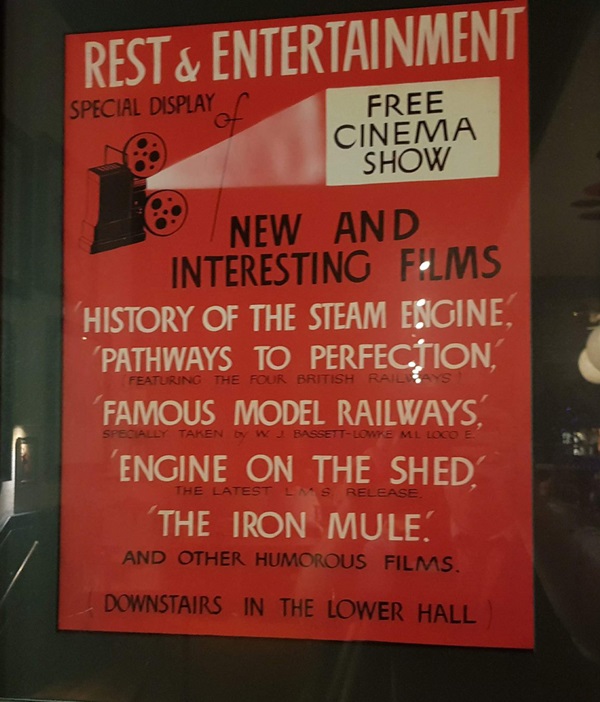
The films shown include: History of the Steam Engine, Pathways to Perfection, Famous Model Railways, Engine on the Shed, The Iron Mule and other humorous films.
A poster for Hardy & Co (Furnishers) Ltd.
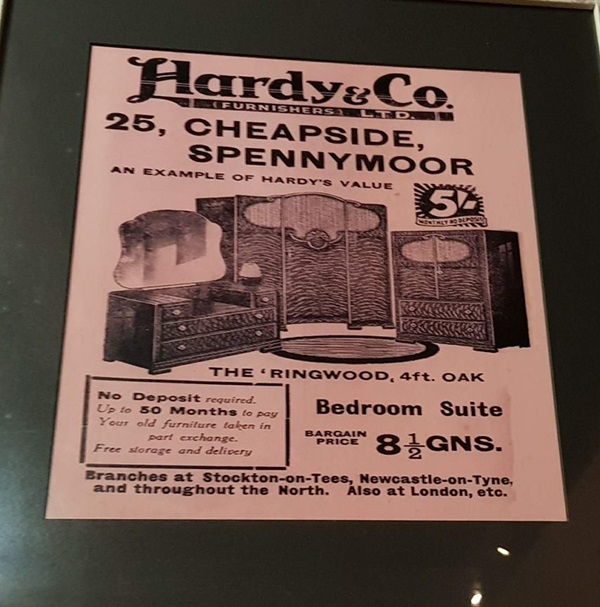
An illustration and text about Thomas Wright.
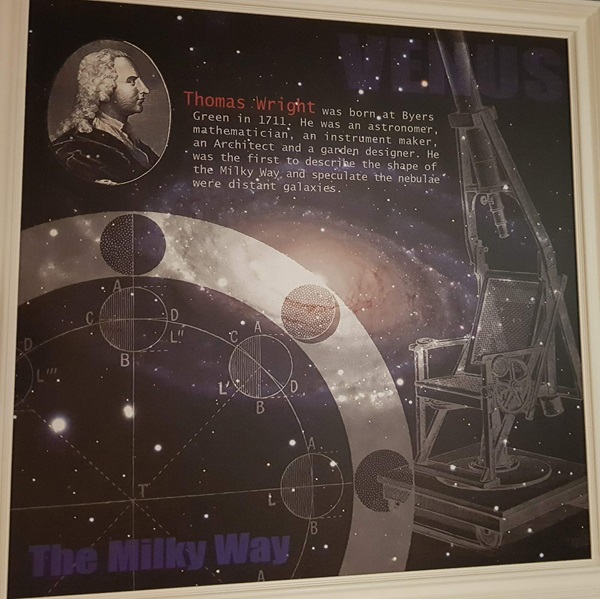
The text reads: Thomas Wright was born at Byers Green in 1711. He was an astronomer, mathematician, an instrument, an Architect and a garden designer. He was the first to describe the shape of the Milky Way and speculate the nebulae were distant galaxies.
A photograph and text about performers at the Arcadia.
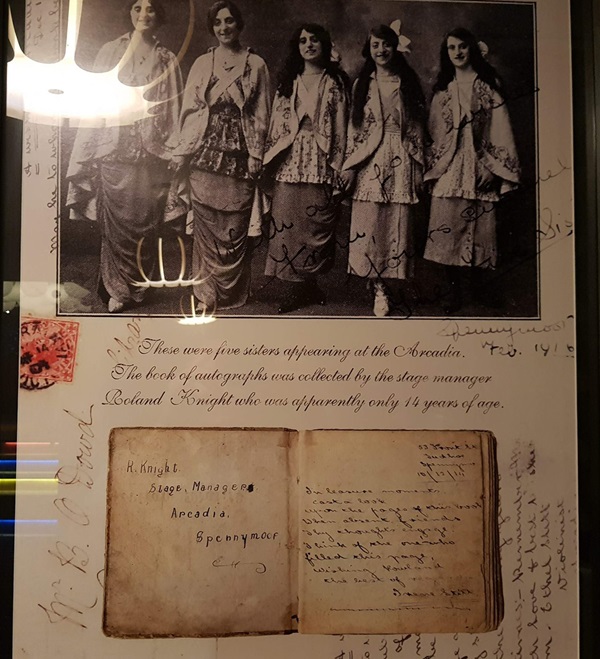
The text reads: These were five sisters appearing at the Arcadia. The book of autographs was collected by the stage manager Roland Knight who was apparently only 14 years of age.
An illustration and text about the Dog and the Devil.

The text reads: In his history of the urban district of Spennymoor, published in 1897, writer James J Dodd recalled that Matthew Burnett, engineer at the old Whitworth Colliery, invented the Dog and the Devil. These were very useful mechanical appliances in the transit of coal tubs down the mines. He also invented several pumping engines and also a patent beer pump used in public houses.
External photograph of the building – main entrance.
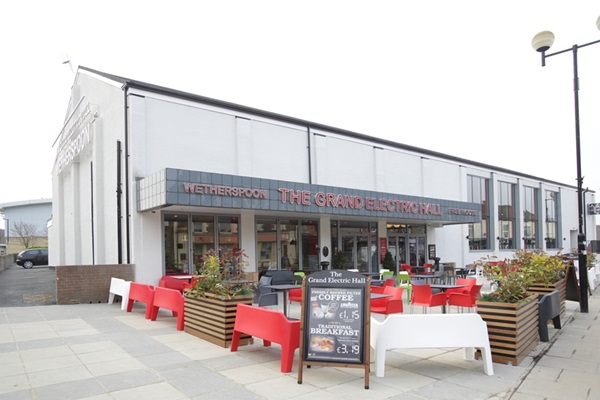
If you have information on the history of this pub, then we’d like you to share it with us. Please e-mail all information to: pubhistories@jdwetherspoon.co.uk